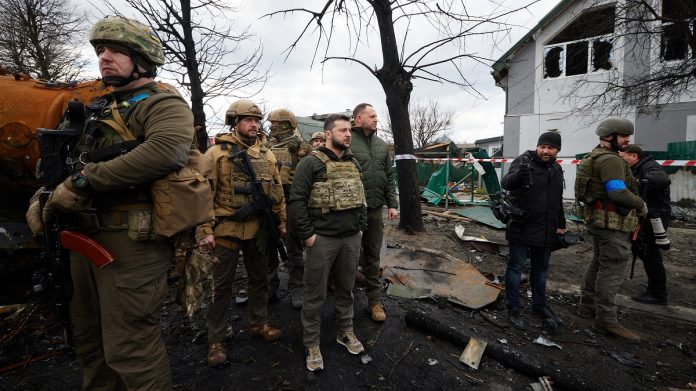
One warehouse strike can change the pace of war. On November 5, 2025, Ukrainian forces conducted a deep-strike mission against a Russian Shahed drone facility at the occupied Donetsk International Airport, causing what the General Staff called “a powerful secondary detonation.” It was no accident-the result of months of surveillance, precision target development, and carefully planned inter-service coordination.
For years, the Donetsk airport was a symbol of Ukrainian infrastructure ambition, but it has also served as a location for Russia’s long-range drone logistics. The destruction of this site reportedly housed up to 1,000 Shahed-type drones and 1,500 warheads and ranks among the largest single blows to Russian unmanned aerial capabilities in this war. It offers a window into Ukraine’s evolving doctrine for countering mass-produced attack drones and the broader strategic contest over drone warfare in Eastern Europe.
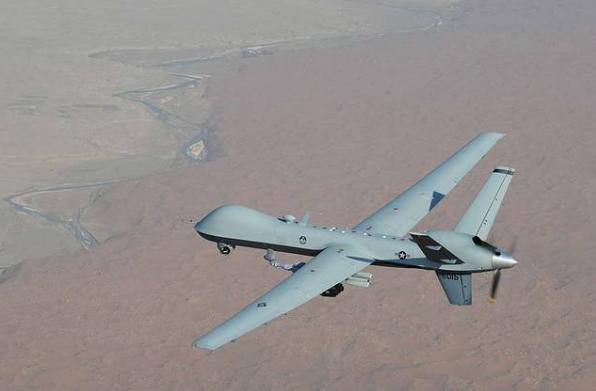
1. Months-Long Reconnaissance Led by ‘Birds of Madyar’
The intelligence groundwork was laid by the 414th Separate Brigade of Unmanned Systems, known as “Birds of Madyar.” Their commander Robert “Madyar” Brovdi said on Telegram that the development of the target required “painstaking work over several months, assembled from small pieces.” In August, analysts from CyberBoroshno identified new hardened sites at the airport, including closed storage shelters and manual control points for Shahed- and Geran-type UAVs. This intelligence enabled precise targeting of critical nodes rather than general bombardment.

2. Coordinated Multi-Branch Strike
The operation was conducted jointly by the Special Operations Forces, Rocket and Artillery Forces, and the Unmanned Systems Forces. According to the estimation of the General Staff, more than 90% of strike unmanned aerial vehicles and long-range weapons reached their targets. Such coordination reflects Ukraine’s maturing capability to integrate unmanned systems with conventional firepower, ensuring simultaneous hits on storage, fueling, and control facilities.

3. Scale of destruction
Unconfirmed Ukrainian social media reports indicate the destruction of up to 1,000 Shahed-type drones and more than 1,500 warheads. Furthermore, one munitions warehouse, a fuel depot, electrical and communication nodes, and a UAV pre-launch preparation site were brought down. The degree of attrition caused to the Russian drone logistics by this strike is very rare. Analysts say it ranks among the biggest single strikes against Russian drone infrastructure to date.

4. The Shahed Threat Profile
Shahed-type drones, which are also known in Russia as Geran-2, are long-range one-way attack UAVs with a range of up to 2,500 km, speeds of 185 km/h, and warheads reaching 90 kg. Their low cost-estimated at $20,000-$50,000 for Russian-produced units-allows Moscow to launch hundreds in saturation attacks designed to overwhelm Ukrainian air defenses. Decoy drones like the Gerbera further complicate interception by triggering radar responses.
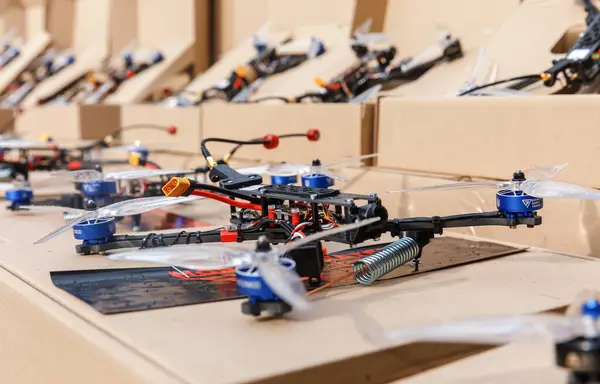
5. Russia’s Production Capacity
Russia manufactures the Shahed-type drones primarily in the Alabuga Special Economic Zone in Tatarstan, reportedly producing over 5,000 drones per month as of mid-2025. The plans for 2025 include up to 30,000 long-range drones and 2 million FPV drones. This industrial scale means even large Ukrainian strikes must be part of sustained campaigns to offset rapid replenishment.
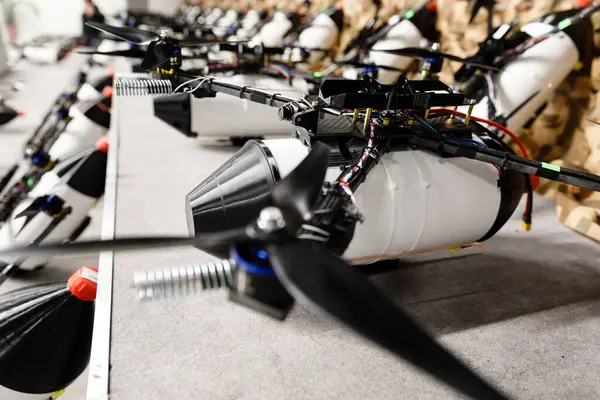
6. Tactical Evolution in Drone Warfare
Russian tactics have evolved from uncoordinated, daytime flights to highly complex swarm attacks that combine Gerbera decoys, Shahed drones, cruise missiles, and ballistic missiles. Ukraine responds with layered defenses, including mobile anti-aircraft teams, electronic warfare systems like Pokrova, and acoustic sensor networks. The Donetsk strike fits into Kyiv’s broader strategy of hitting drones on the ground before launch.
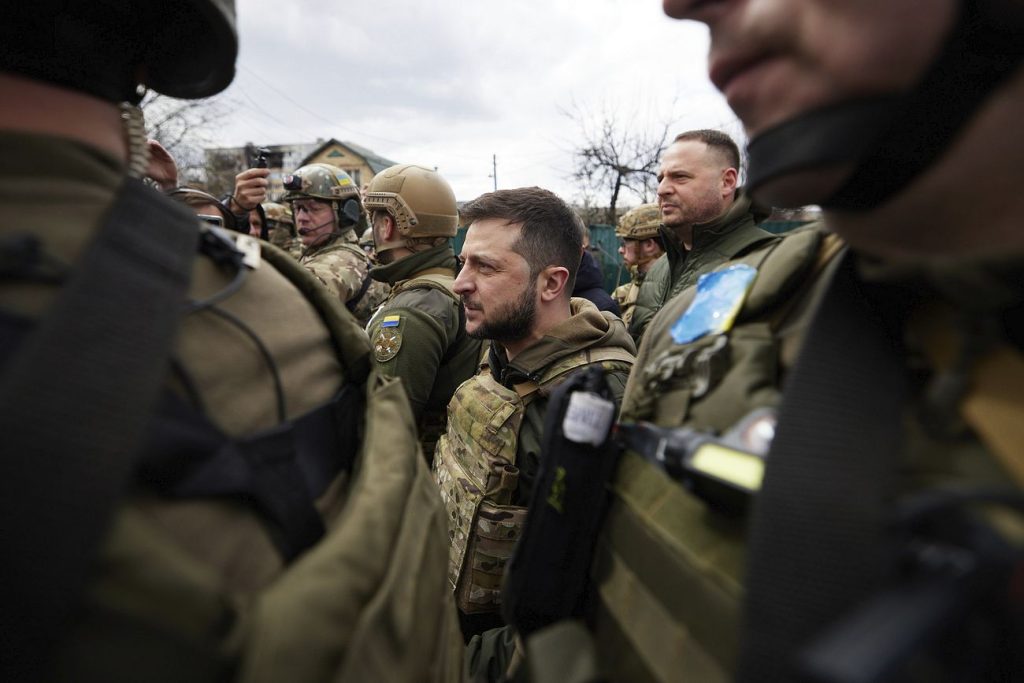
7. Impact on Russian Strike Tempo
Past strikes by Ukraine against drone production and storage hubs have slowed Russia’s launch rates. Between July and August 2025, Shahed launches declined by approximately a third, from 6,303 to 4,132. Analysts attribute this to precision hits on nodes of production and logistics, forcing Russia to pause large-scale attacks for several days in order to rebuild stockpiles.

8. Integration of medium- and long-range systems
The Donetsk operation thus involved both long-range missiles and strike drones, illustrating Ukraine’s ability to combine different range capabilities in one action. Medium-range drones, more and more frequently employed by both sides in strikes 100–200 km from the front, are complementary to the deep-strike assets they hit logistics and command nodes beyond FPV reach but short of the strategic missile reach.
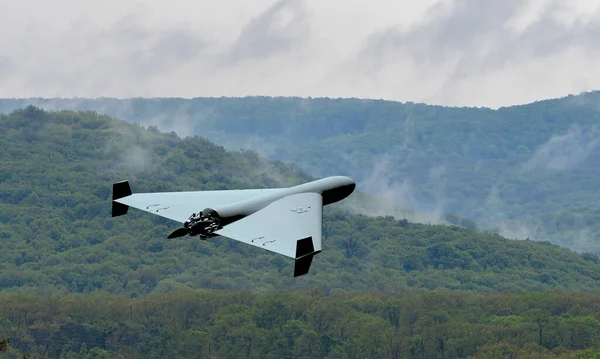
9. Strategic Significance
It destroys the major Shahed base in eastern Ukraine, which disrupts Russia’s ability to sustain nightly saturation attacks on cities and infrastructure. Furthermore, launch assets must relocate farther from the front, which stretches supply chains and increases operational complexity. For Ukraine, such strikes are part of a counter-punishment strategy aimed at lessening civilian terror and preserving air defense resources.
The strike on Donetsk airport’s Shahed hub on November 5 was more than a tactical success it showcased Ukraine’s ability to reach deep into occupied territory, destroy critical drone infrastructure, and adapt to the evolving threat of mass-produced unmanned systems. Inasmuch as both sides continue refining their drone doctrines, this battle over production, logistics, and strike precision will remain central to the war’s trajectory.
